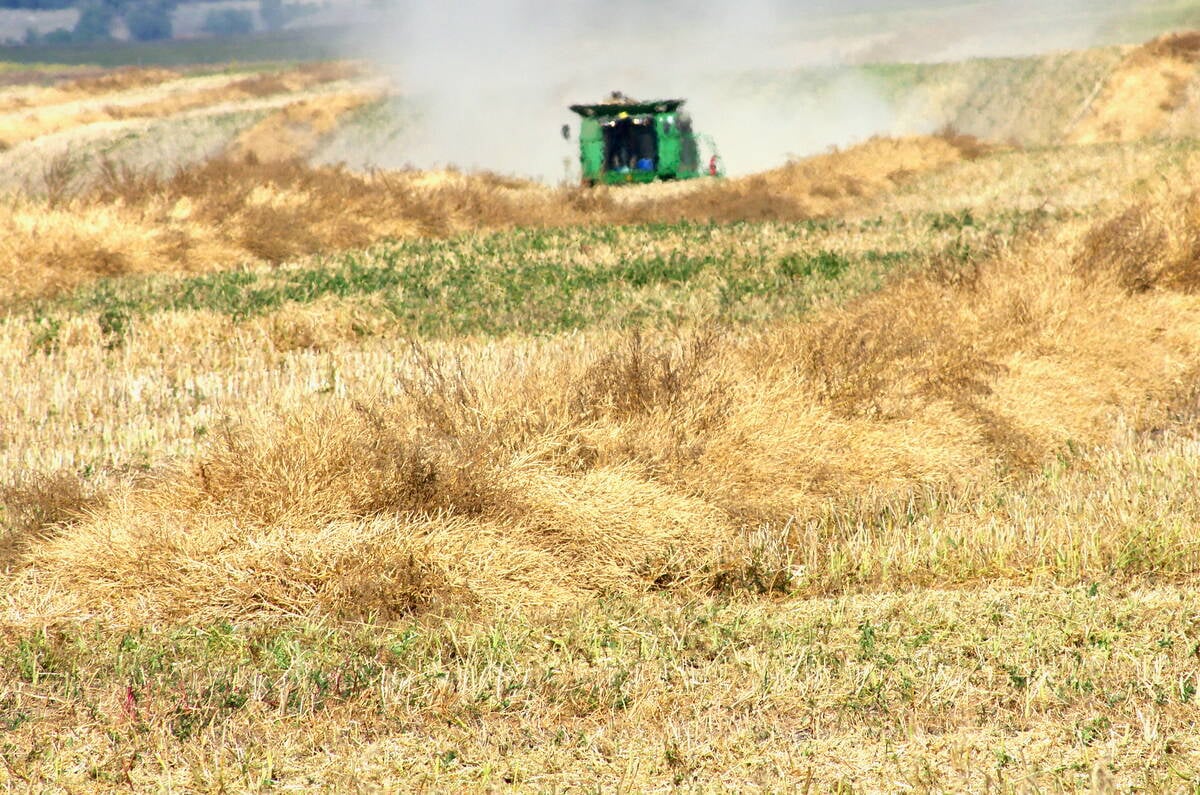Two years ago, prairie beekeepers were basking in profitable honey prices and there was optimism in the industry.
But honey prices now are far below their costs of production, forcing beekeepers to wonder what the future holds. Their optimism is waning.
“I think guys are really going to feel the price crunch this following year,” said Corey Bacon, a beekeeper at Kinistino, Sask., and a director with the provincial beekeepers association.
“I think there are several reasons for the low prices. I think the main reason is the amount of foreign honey coming into Canada.”
Read Also

Manitoba searches for Plan B on canola oil exports
A new report explores Manitoba’s current canola oil trade and possible alternative markets to the U.S.
Beekeepers are especially concerned about honey imports from China and Argentina. They allege that honey from those countries is being dumped into the Canadian market at below cost of production and they are continuing to contemplate a trade action.
“We’re still gathering information in preparation to file a (trade) complaint,” said Alain Moyen, a Quebec beekeeper and president of the Canadian Honey Council. “So far the information gathered leads us to believe we should have a good case, but it’s always a gamble when you go into court.”
He said it costs an average of $1.30 per pound to produce honey in Canada. Honey from China is imported at about 65 cents per lb., despite the handling and shipping costs involved.
“It’s killed the price of honey in Canada,” said Moyen.
A trade complaint could be filed this spring or in early summer, he said. If successful, the trade action could result in anti-dumping tariffs on honey from China and Argentina.
However, Moyen described that as only a Band-Aid solution. For the long term, the Canadian Honey Council wants the rules changed for labelling honey in Canada. The council describes the current labelling as misleading and confusing for consumers.
“Anyone who packs honey can mix Chinese honey and Canada honey and put Canada No. 1 on the label,” Moyen said. “That gives the consumer the idea that he’s buying 100 percent Canadian honey, whereas he’s not.”
Bacon said details on country of origin typically are featured on the backs of retail honey containers in small print so they are inconspicuous to consumers. Efforts to get the labelling standards changed through the Canadian Food Inspection Agency have lasted several years, he said.
“It’s legal what they (the honey packers) are doing, but they’re deceiving the consumers.”
Canadian beekeepers also are working toward an on-farm food safety program. It may be years before the program is implemented, but Moyen hopes imported honey will then be held to the same quality and food safety standards as Canadian honey. An ability to trace honey to the farm of origin will be included in that effort.
“This, we hope, will literally shut down imports of honey because they will have to meet the same conditions we are under.”
Product promotion is another aspect of the honey council’s ambitions. That includes making consumers more aware of what distinguishes good honey from bad honey and creating greater awareness of honey’s health benefits and many uses.














